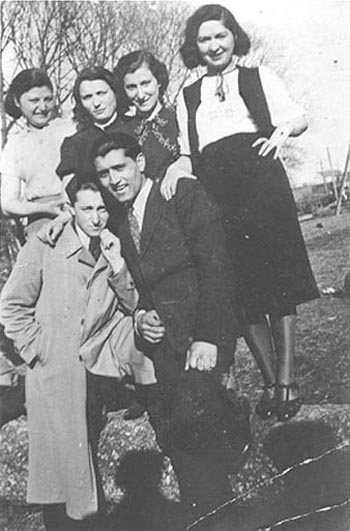

According to the autonomy law for minorities, issued by the new Lithuanian government, the minister for Jewish affairs Dr. Max Soloveitshik ordered elections to be held during the summer of 1919 for community committees (Va'ad Kehilah) in all towns of the state.
According to the regulations, in towns where the Jewish population counted less than 1,000 people, like in Shat, only the chairman of the committee and his deputy were elected. In 1922 the chairman was Ze'ev-Wulf Yofeh, the deputy L.Grinblat and the secretary Khayim Katz. At the end of 1923 the chairman was Yosef Leib Kagan (see an example of the correspondence of the Committee)
The committee, active till the end of 1925 when the autonomy was annulled, collected taxes as required by law and was in charge of all aspects of community life.
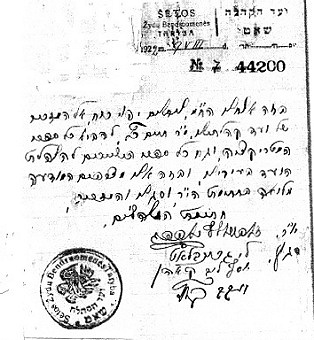
According to the first census conducted in 1923 by the Lithuanian government, the population of Shat totaled 877 people and of them 440 (50%) were Jewish.
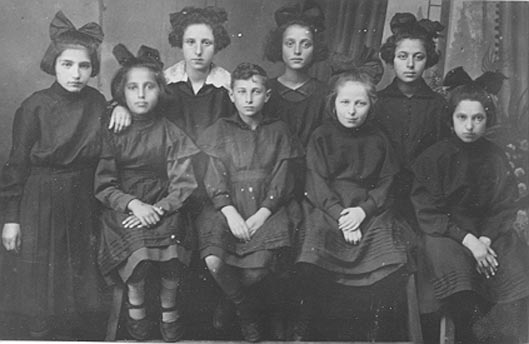
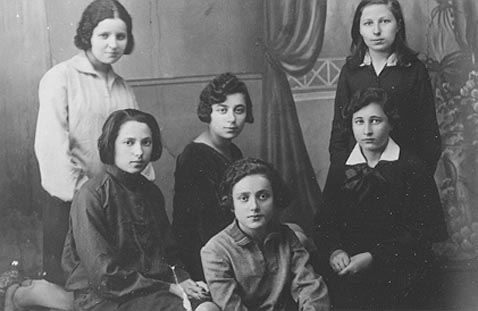
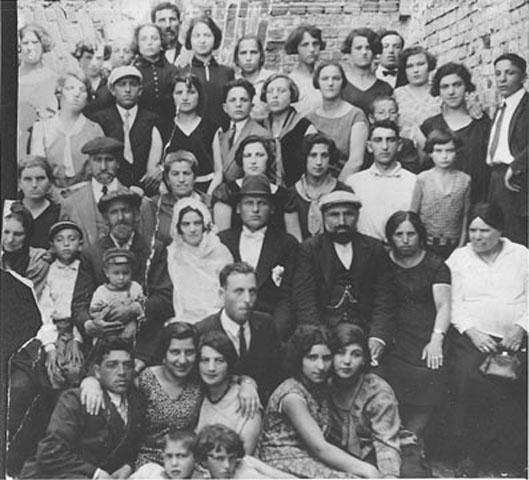
During this period the Jews earned their livelihood from trade, crafts and transport. The weekly market was on Tuesdays and two fairs were held per year, both being important for the livelihood of the Jews of Shat. They would buy agricultural products from the peasants and transport them to Kovno, about 50 km away, where they sold them for higher prices.
According to the census of 1931 conducted by the Lithuanian government, of the 12 stores and other business enterprises of Shat, 9 of them (75%) were Jewish.
| Type of Business | Total | Owned by Jews |
|
|
||
| butchers and cattle dealers | 2 | 0 |
| restaurants & inns | 3 | 3 |
| furs, clothes & textile stores | 4 | 4 |
| radio, electrical goods & sewing machines | 1 | 1 |
| iron & steel, tools | 1 | 1 |
| other | 1 | 0 |
|
|
||
The same census listed factories for soft drinks, wool combing and felt, all Jewish-owned. The two cousins Hirsh Yofe and Yosef-Leib Kagan owned a lime kiln in the nearby village Pilkalnis.
In 1937 there were 37 Jewish craftsmen as follows: 8 tailors, 5 stove and fireplace builders, 3 glaziers, 3 carpenters, 3 blacksmiths, 2 bakers, 2 tinsmiths, 2 butchers, 1 felt-boot manufacturer, 1 knitter, 1 shoemaker, 1 barber, 1 leatherworker, 1 shoe stitcher, 1 other. The Jewish Peoples Bank (Folksbank) played an important role in the economy of the town; in 1927 there were 129 depositors. Two years after that there were only 105.
In the mid 1930's the Jewish population was considerably reduced and the economic crisis which caused it was due to the boycott and pressures organized by the Lithuanian Merchants Association (Verslas). Those who left sought a livelihood in other places. A large portion of them emigrated to South Africa; some attempted to emigrate to the U.S.A. For many years a "Shatter Association" existed in South Africa and the one in New York was formed in 1909, officially still exists but is inactive.
Photo of the "Shater and District Benevolent Society-Committee 1951-1952" of S.A. see at "Additional Categories of Information" below.

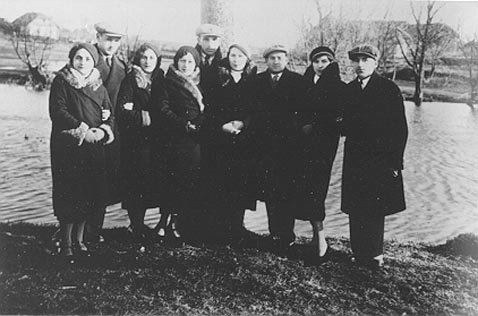
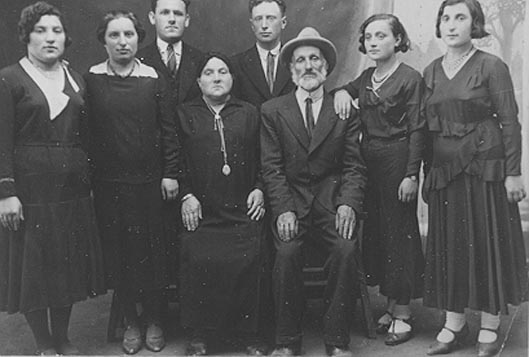
In 1939 there were 13 telephones in Shat, 7 of them were owned by Jews.
30 Jewish children studied at the Kheder and 70 at the Hebrew elementary school belonging to the Tarbuth network. There was also a Jewish library which held approximately 500 books in Hebrew and Yiddish but very few Jewish residents of Shat used them. There were very little cultural activities, no theater and no cinema, mainly because of the difficulty in reaching Shat, especially during periods of rain. There was no decent road and also no railway line. Electricity was non-existent.
For some time a Jewish soccer team acted in town and a Jewish fire brigade (see photo and identification at "Additional Categories of Information" below).
Of the Jews of Shat who participated in Zionist activities, most belonged to Zionist parties. In 1925 a branch of the Zionist Socialist Party consisting of 10 members was formed. Many activities were organized by the "Grosmanists" and there were a number of Zionist Youth Groups, amongst them Bnei-Akiva and Hashomer-Hatsair. The proportion of members of the various Zionist organizations was influenced by the voting patterns of the Zionist Congresses between the years 1929-1939. The following chart reflects this:
|
Congress
Number |
Year | Total
Shkalim |
Total
Voters |
Labor Party
Z"S .......Z"Z |
Revis-
ionists |
Gen. Zionists
A ..............B |
Gros-
manists |
Mizrakhi | ||
| 16 | 1929 | 32 | -- |
-- | -- | -- | -- | -- | -- | -- |
| 17 | 1931 | 16 | 15 | 2 | 2 | -- | 8 | -- | -- | 3 |
| 18 | 1933 | " | 25 | 16 | 1 | 6 | -- | -- | 2 | |
| 19 | 1935 | " | 125 | 59 | -- | 1 | 16 | 49 | -- | |
| 21 | 1939 | " | 29 | 23 | -- | 1 | 5 | |||
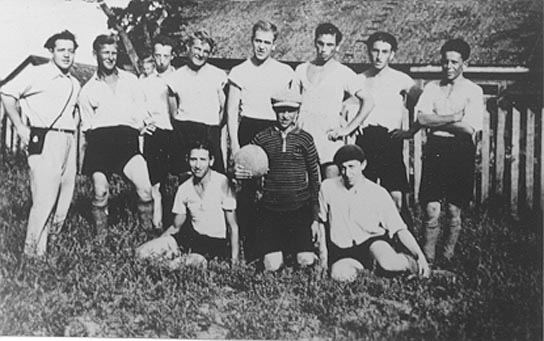
The religious life of Shat was centered around the Synagogue, Beit HaMidrash and Kloiz (prayer room). Following the resignation in 1935 of the Rabbi Shlomo Rabinowitz after 30 years service to the community, the town was without a rabbi for some time until the election of Rabbi Elchanan Weiner, who was the last rabbi of the Shat Jewish Community. Through all the years of the history of Shat, the Jewish Community always had a Shochet (ritual slaughterer). The Gemiluth Chesed (charitable loan fund) was also important in the life of the Jewish community in providing interest-free loans to the needy.
For a partial list of personalities born in Shat see Appendix 2.
